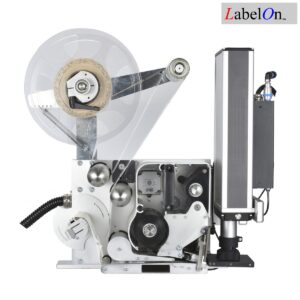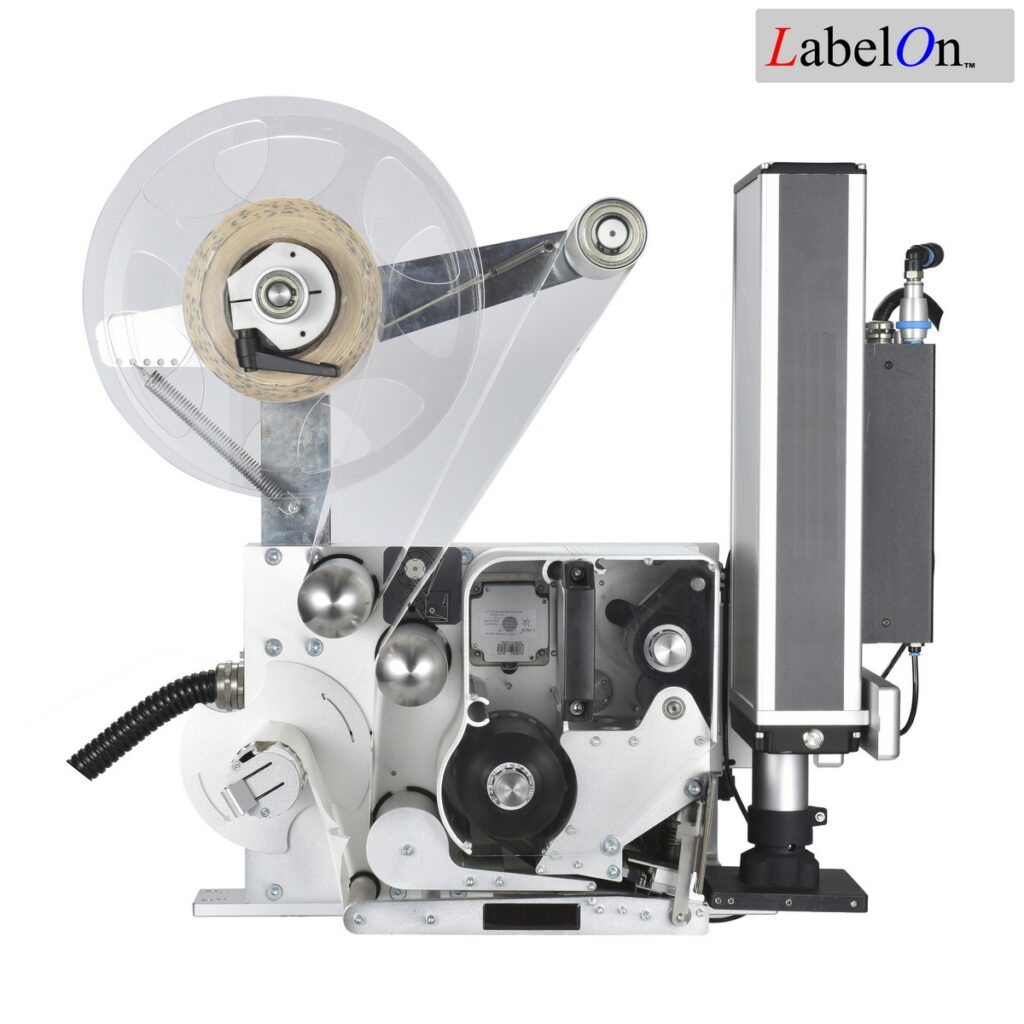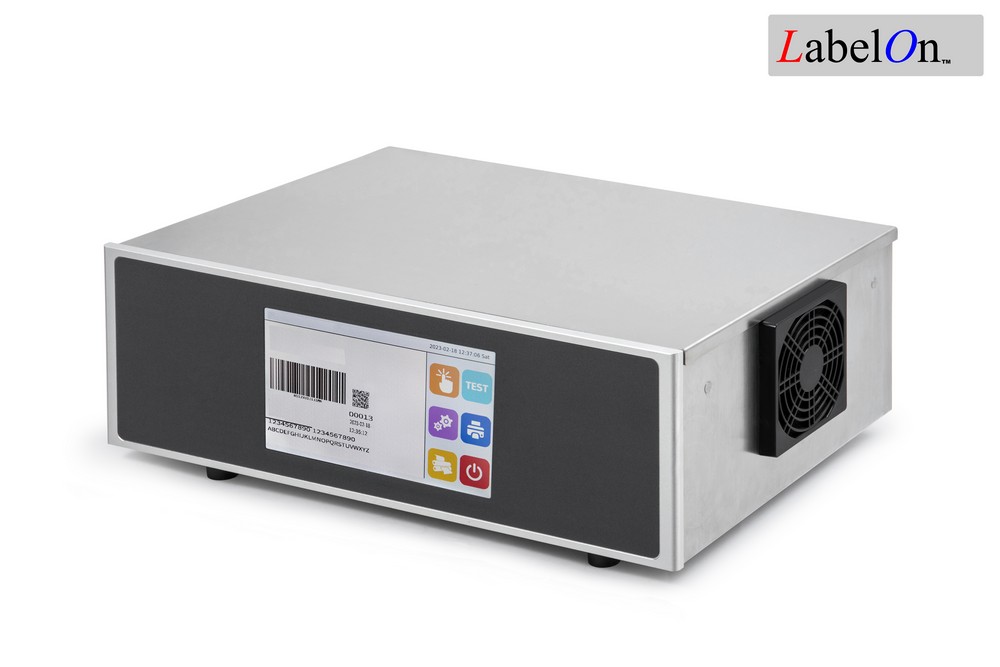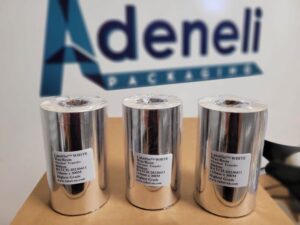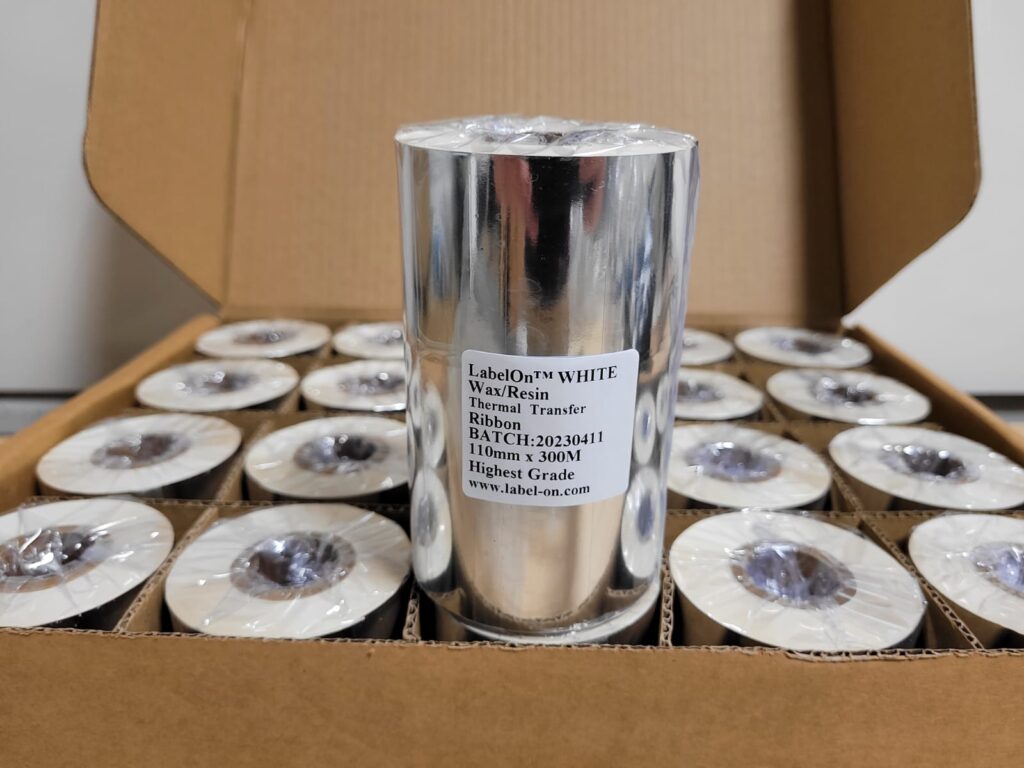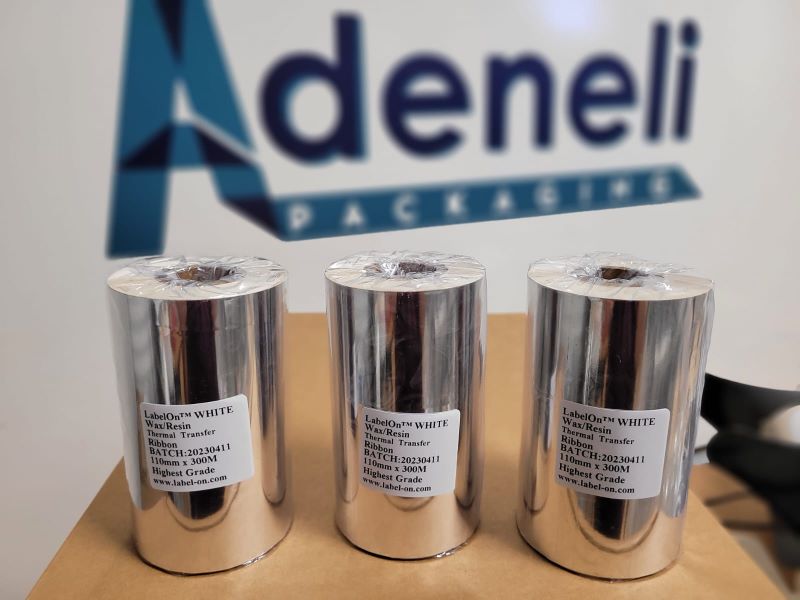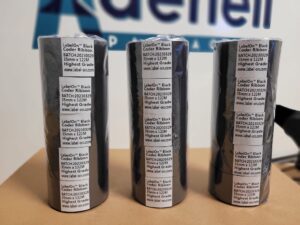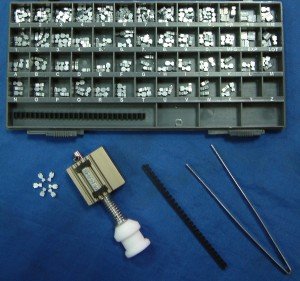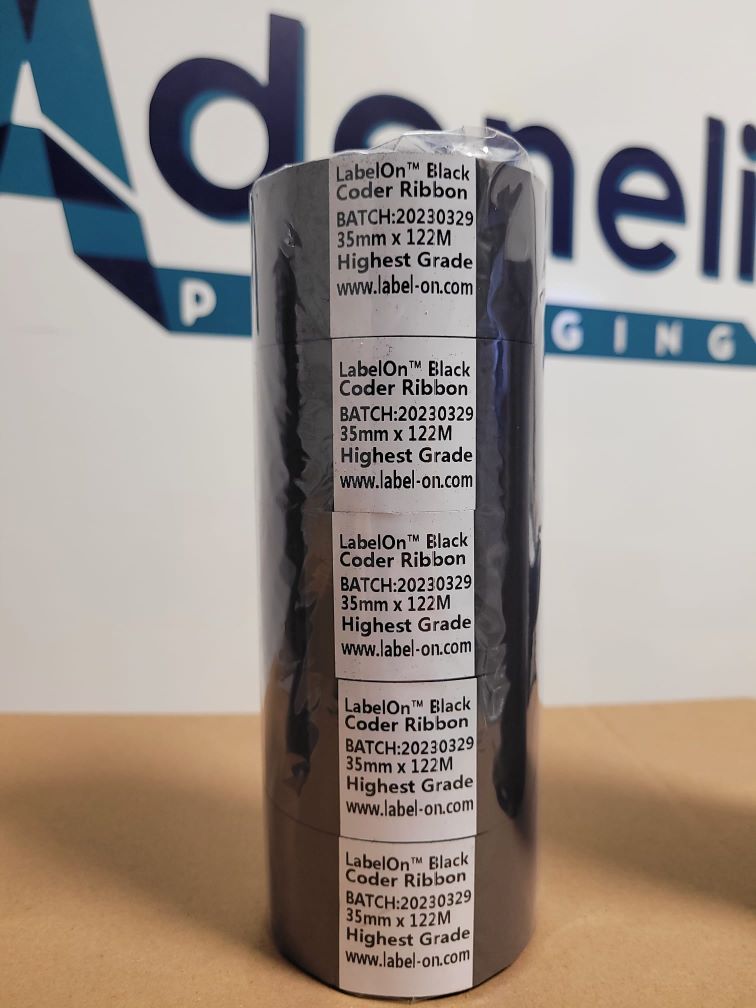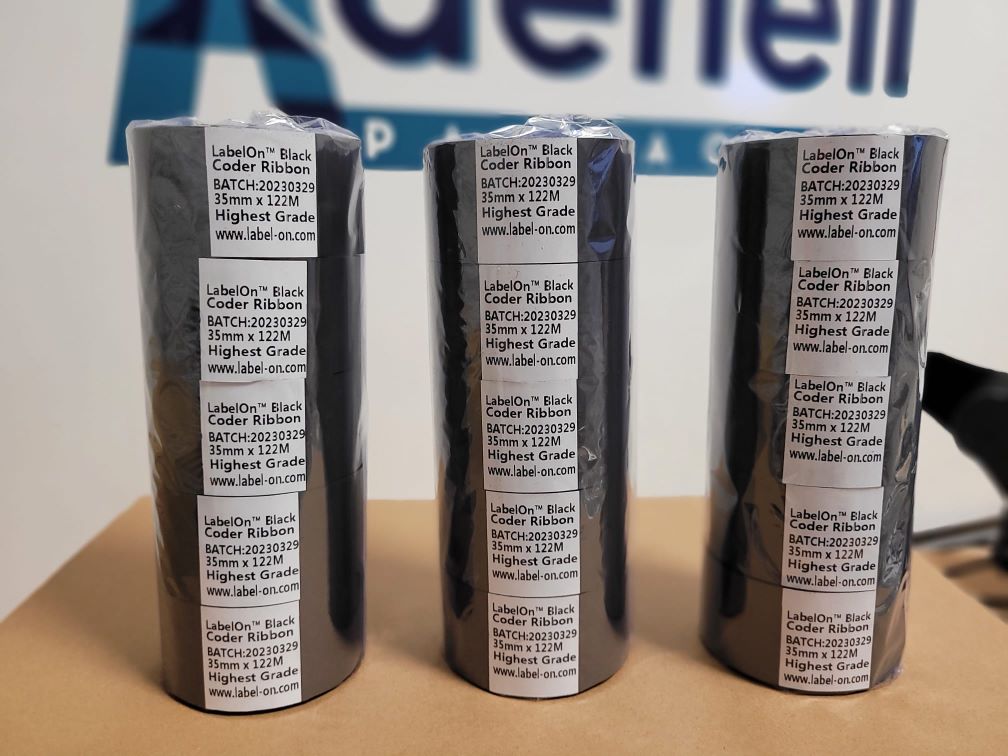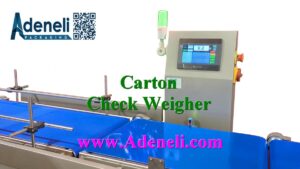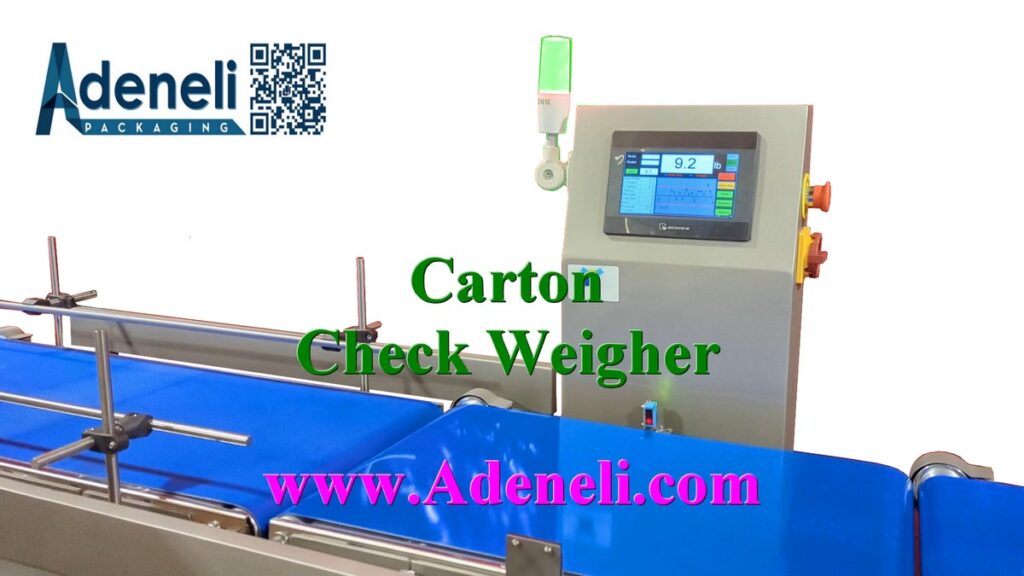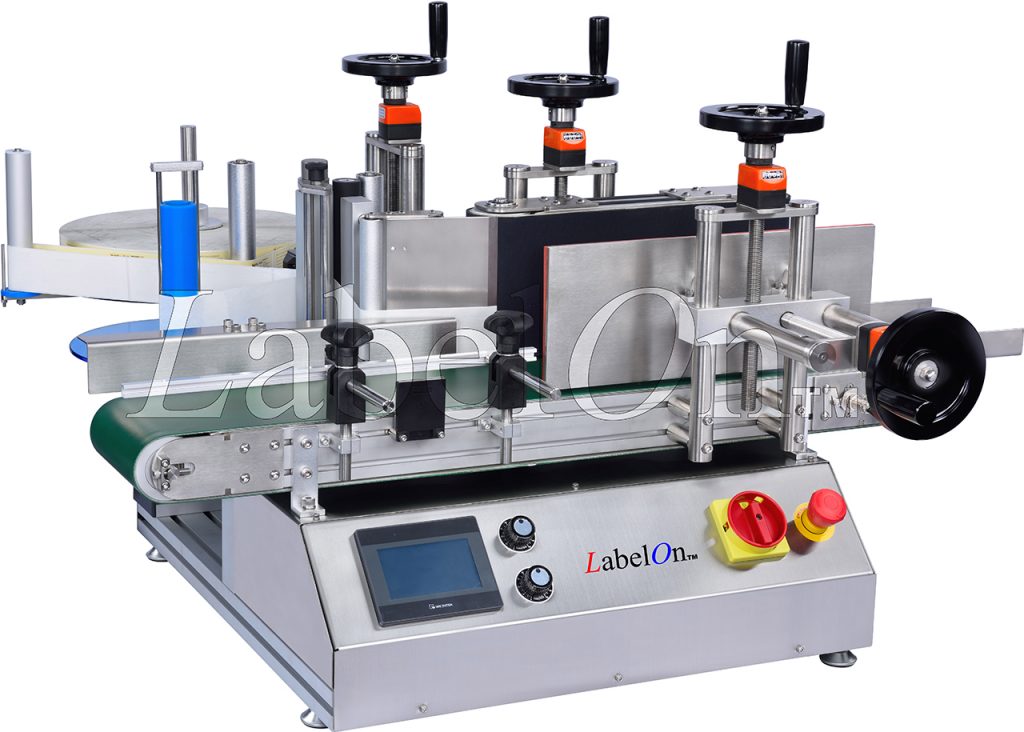In the competitive world of manufacturing, precision and efficiency are crucial. When it comes to capping processes, traditional methods often face challenges like cross-threading, which can lead to product wastage and increased downtime. However, the Single Head Linear Drive Servo Tracking Capper offers a modern solution to these problems, delivering both reliability and cost-effectiveness.
What is the Single Head Linear Drive Servo Tracking Capper?
The Single Head Linear Drive Servo Tracking Capper is an advanced capping machine designed to address the limitations of older, less sophisticated capping systems. Unlike traditional cappers that use angled cap collection methods, which can lead to cross-threading and other issues, this innovative system ensures that caps are applied with greater accuracy and efficiency.
How Does It Work?
Horizontal Cap Collection
One of the key features of this capper is its horizontal collection plate. Caps are collected from a horizontal surface, minimizing the risk of misalignment and cross-threading. This design ensures that caps are positioned correctly before they are applied to the containers.
Servo Tracking Technology
The capper utilizes advanced servo tracking technology to follow the movement of the product being capped. The Chuck, a crucial component of the system, tracks the product’s position and descends precisely to apply the cap. This real-time adjustment allows for accurate application of the programmed torque, ensuring that each cap is securely fastened without damaging the container or its contents.
Continuous Operation
A significant advantage of the Single Head Linear Drive Servo Tracking Capper is its ability to operate without halting the flow of containers. Unlike traditional capping systems that require containers to stop during the capping process, this machine allows for continuous movement. As a result, the contents of each container remain settled and undisturbed, maintaining product quality and reducing waste.
Quick Cap Collection and Application
Once the cap is applied, the Torque Chuck quickly returns to the collection plate to pick up another cap. This rapid movement helps maintain a steady production pace, improving overall efficiency and throughput.
Benefits of the Single Head Linear Drive Servo Tracking Capper
![]()
1. Elimination of Cross-Threading
Cross-threading can cause significant problems, including product leakage and increased downtime. By using a horizontal collection plate and precise servo tracking, this capper minimizes the risk of cross-threading, ensuring that each cap is applied correctly.
2. Enhanced Efficiency
The ability to cap containers without stopping the production line enhances overall efficiency. Continuous operation means that your production process remains streamlined, leading to higher output and reduced labor costs.
3. Consistent Torque Application
The servo-driven Chuck applies a consistent amount of torque to each cap, ensuring uniform sealing across all containers. This consistency helps in maintaining product integrity and meeting quality standards.
4. Cost-Effective Solution
Despite its advanced technology, the Single Head Linear Drive Servo Tracking Capper is surprisingly economical. Its efficiency and reliability can lead to long-term savings by reducing the need for maintenance and minimizing product waste.
Integration with Other Packaging Machines
For those seeking to increase production speeds, our dual head servo cappers are an excellent choice, offering precision and efficiency.
To ensure tamper-evident packaging, consider our LabelOn™ labeling solutions, which provide reliable and professional labeling to maintain product integrity. Visit our website at LabelOn™ to explore these options. Additionally, our SealerOn™ induction sealing solutions offer another effective method for tamper evidence, ensuring your products are securely sealed. For more information on these solutions, please visit SealerOn™.
- Labeling Machines: Combine your capping system with our labeling machines to create a complete packaging solution. For more information, visit www.label-on.com.
- Induction Sealing Machines: Enhance product security and extend shelf life by incorporating induction sealing. Learn more at www.sealeron.com.
By integrating these systems, you can achieve a seamless and efficient packaging line that meets your production needs while maintaining high-quality standards.
Conclusion
The Single Head Linear Drive Servo Tracking Capper represents a significant advancement in capping technology. Its ability to eliminate cross-threading, maintain continuous operation, and apply consistent torque makes it an excellent choice for modern production lines. With its economical design and compatibility with other packaging machinery, this capper offers a comprehensive solution for manufacturers looking to enhance their packaging processes.
For more information on the Single Head Linear Drive Servo Tracking Capper and how it can benefit your production line, contact Adeneli today or visit our website.
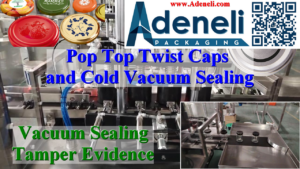
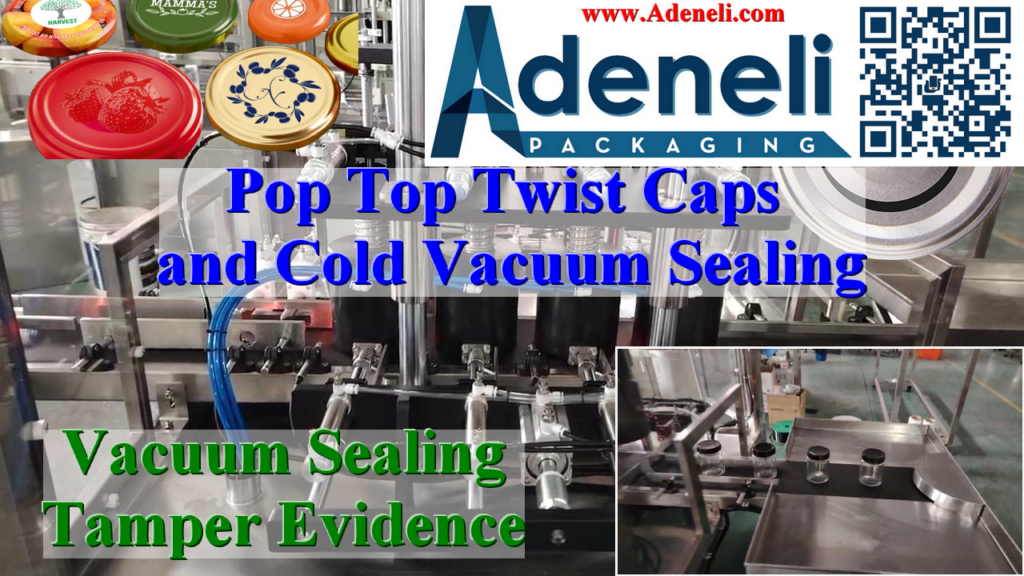 1.
1. 